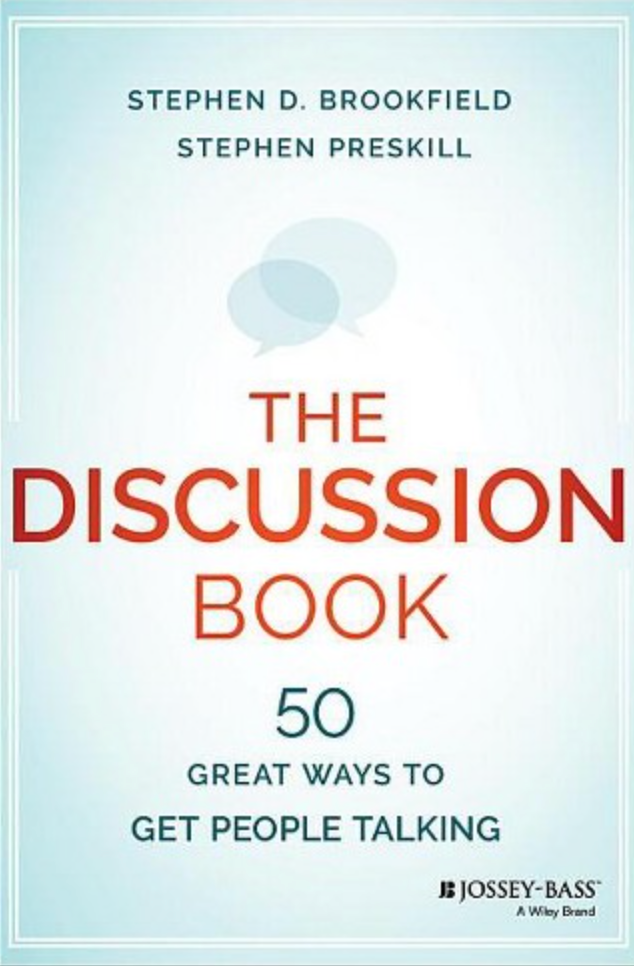Improvisation and/as Listening
Responding to participants and peers means tuning in

There are any number of (yes, kinda clichéd) performance metaphors available for diving more deeply into the idea of improvisation as a teaching virtue. Today I want to focus on the connection between improvisation and listening / responding.
Anyone who has played in a jazz combo or improv troupe can tell you that these activities are decidedly not about spontaneous, unbridled personal expression. If anything, teaching as an "off the cuff" improvised monologue is more toxic than the meticulously planned lecture with no room for student contribution.
Improvisation in teaching / leading / facilitation is a virtue only inasmuch as its purpose is interpersonal. Call and response, Yes And games, mirroring practices, and the like are all ways that being present to a person or group in the moment can help us identify and co-create a more deeply engaged way forward together. Teaching as improvisation should embody the spirit of these responsive listening practices.
Although he doesn't frame these practices through the lens of improvisation per se, one of the education scholars I think of most readily on this topic is adult learning master Stephen Brookfield. Brookfield is constantly suggesting little gems for how to gather more information about learners more regularly—and often more informally than we might expect if we're coming to this conversation via weighty educational concepts like assessment.
Brookfield is a huge believe in the power of (well-facilitated) class discussion, and during in-person sessions the best of these always involve improvisation for all involved. If we're not changing course, doubling back, rethinking old understandings in light of new perspectives, and making other improvisational moves in a discussion, there's a good chance it's not a true discussion at all.
To go back to the performance metaphors, people who are improvising together are constantly listening and reflecting (e.g., a soloists's phrase or rhythm repeated by a member of the rhythm section), and often embellishing and redirecting (e.g., when "trading fours").
If you want to get better at leading discussions like that, in which people are really listening, learning, and changing their perspectives, I cannot recommend Brookfield's (with co-author Stephen Preskill) The Discussion Book.
What you'll find is a huge collection of ways of structuring discussions. These exercises aren't gimmicks. They're strategies for geting people out of their default discussion mode, i.e., "successive point-making." They pay careful attention to teacher-student and student-student interactions and leverage them for maximum listening and mutual learning benefit.
If you've ever ended a Bible study by having people go around the circle and pray for the person on their left or right, a couple of these strategies will look and feel familiar. I hope you'll check it out!


